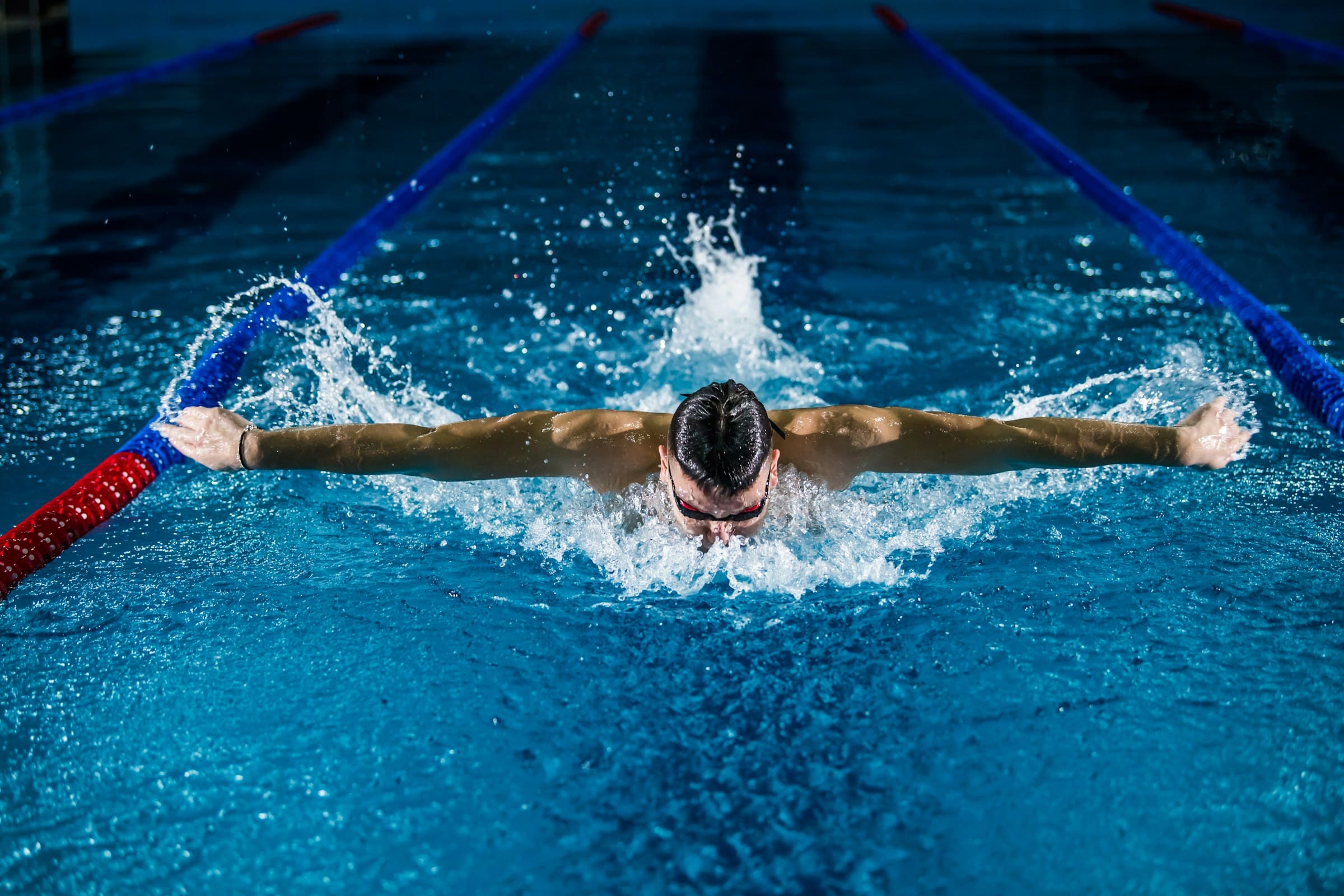What Are the Key Metrics for Assessing Performance in Competitive Swimming?

Competitive swimming is more than just diving into the water and racing to the finish line. It is a sport deeply rooted in data, analytics, and meticulous training strategies designed to enhance every aspect of an athlete's performance. Understanding the key metrics for assessing swimming performance can significantly contribute to improving an athlete's efficiency and competitive edge. Let's explore these critical measurements, delving into how they can be used to optimize training and achieve peak results.
Understanding Swimming Performance Metrics
Competitive swimming requires a comprehensive analysis of various performance indicators to gauge an athlete's progress and potential. These metrics, often derived from sports science, provide a detailed overview of a swimmer's abilities and areas needing improvement.
Dans le meme genre : How Can Customized Training Programs Benefit Athletes with Chronic Injuries?
Swim Velocity
Swim velocity, or the speed at which a swimmer moves through the water, is one of the primary metrics in competitive swimming. It is calculated by dividing the distance swum by the time taken to swim that distance. This metric is essential because it directly correlates with a swimmer's ability to compete effectively.
High swim velocity indicates efficient stroke technique, good body position, and effective propulsion through the water. Coaches and athletes should focus on drills that enhance stroke mechanics and reduce drag to improve swim velocity. Tracking this metric over time allows swimmers to see their progress and make necessary adjustments to their training regimens.
A lire aussi : What Are the Best Practices for Injury Prevention in High-Impact Sports?
Stroke Count and Stroke Rate
Another crucial aspect of swimming performance is the analysis of stroke count and stroke rate. Stroke count refers to the number of strokes taken to cover a specified distance, while the stroke rate measures how many strokes a swimmer completes per minute. These metrics help in understanding the swimmer's efficiency and endurance.
A lower stroke count with a consistent stroke rate often indicates optimal technique and strong propulsive force, which translates to better performance. By reducing the number of strokes needed to cover a distance and maintaining or increasing the stroke rate, swimmers can enhance their efficiency and conserve energy for longer races.
The Role of Data Analysis in Swimming
Data analysis plays a pivotal role in improving swimming performance. By collecting and analyzing data, coaches and athletes can identify strengths and weaknesses, set realistic goals, and develop targeted training programs.
Heart Rate Monitoring
Heart rate is a critical indicator of an athlete's cardiovascular fitness and recovery ability. Monitoring heart rate during training and competition helps swimmers and coaches understand the body's physiological responses to different intensities of exercise.
By analyzing heart rate data, athletes can ensure they are training within the appropriate heart rate zones for aerobic and anaerobic conditioning. This data helps in preventing overtraining and optimizing recovery periods, which are crucial for maintaining peak performance during competitions.
Stroke Length and Propulsive Force
Stroke length, the distance covered per stroke, and propulsive force, the power generated during each stroke, are vital metrics for assessing swimming performance. These measurements give insights into the swimmer's technique and efficiency in the water.
Improving stroke length and propulsive force can lead to significant gains in swim velocity. Strength conditioning exercises, focusing on the upper body and core, can enhance these aspects. Additionally, technical drills aimed at refining stroke mechanics can help swimmers achieve a longer stroke length and better propulsion.
Importance of Strength and Conditioning
Strength and conditioning are fundamental components of a swimmer's training regimen. Building strength, particularly in the upper body, is crucial for enhancing stroke power and overall performance.
Strength Training
Incorporating strength training into a swimmer's routine can lead to improvements in stroke rate, stroke length, and swim velocity. Exercises targeting the major muscle groups used in swimming, such as the shoulders, back, and core, help in developing the necessary strength and endurance.
Strength training should be periodized to align with the swimming season, ensuring that swimmers peak at the right time. A well-structured strength training program can prevent injuries and improve performance indicators, making it an essential aspect of competitive swimming.
Conditioning Workouts
Conditioning workouts, including aerobic and anaerobic training, are crucial for enhancing swimming endurance and overall fitness. These workouts help swimmers maintain a high level of performance throughout races and improve their ability to recover quickly between events.
Conditioning workouts should be tailored to the individual athlete's needs, focusing on their specific strengths and weaknesses. By incorporating a variety of training methods, such as interval training, long-distance swims, and high-intensity sprints, swimmers can develop a well-rounded fitness base that supports their performance goals.
Leveraging Technology for Performance Improvement
The advancement of technology has significantly impacted the way swimming performance is analyzed and improved. Various tools and devices provide valuable data for swimmers and coaches, helping them make informed decisions about training and competition strategies.
Wearable Technology
Wearable technology, such as heart rate monitors, GPS devices, and motion sensors, offers real-time data on a swimmer's performance. These devices track essential metrics, including swim velocity, stroke count, stroke rate, and heart rate, providing a comprehensive overview of the athlete's efforts.
Using wearable technology, swimmers can monitor their progress and make data-driven adjustments to their training plans. This technology also aids in injury prevention by alerting athletes and coaches to potential overtraining or improper technique.
Video Analysis
Video analysis is a powerful tool for assessing and improving swimming technique. By recording and analyzing swim sessions, coaches and athletes can identify flaws in stroke mechanics, body position, and turns.
Slow-motion playback and side-by-side comparisons with elite swimmers offer valuable insights into areas needing improvement. This visual feedback helps swimmers make precise adjustments to their technique, leading to enhanced performance and efficiency in the water.
In conclusion, understanding and utilizing the key metrics for assessing performance in competitive swimming are fundamental to achieving success in this demanding sport. Swim velocity, stroke count, stroke rate, heart rate, stroke length, and propulsive force are critical indicators that provide valuable insights into a swimmer's abilities and areas for improvement.
Data analysis, strength and conditioning, and leveraging technology are essential components of a comprehensive training program. By incorporating these elements, swimmers and coaches can develop targeted strategies to optimize performance, prevent injuries, and achieve peak results during competitions.
As we delve deeper into the world of competitive swimming, it becomes evident that the combination of sports science, meticulous data collection, and cutting-edge technology plays a crucial role in shaping elite athletes. By focusing on these key metrics and continuously striving for improvement, swimmers can elevate their performance and achieve their goals in the water.
